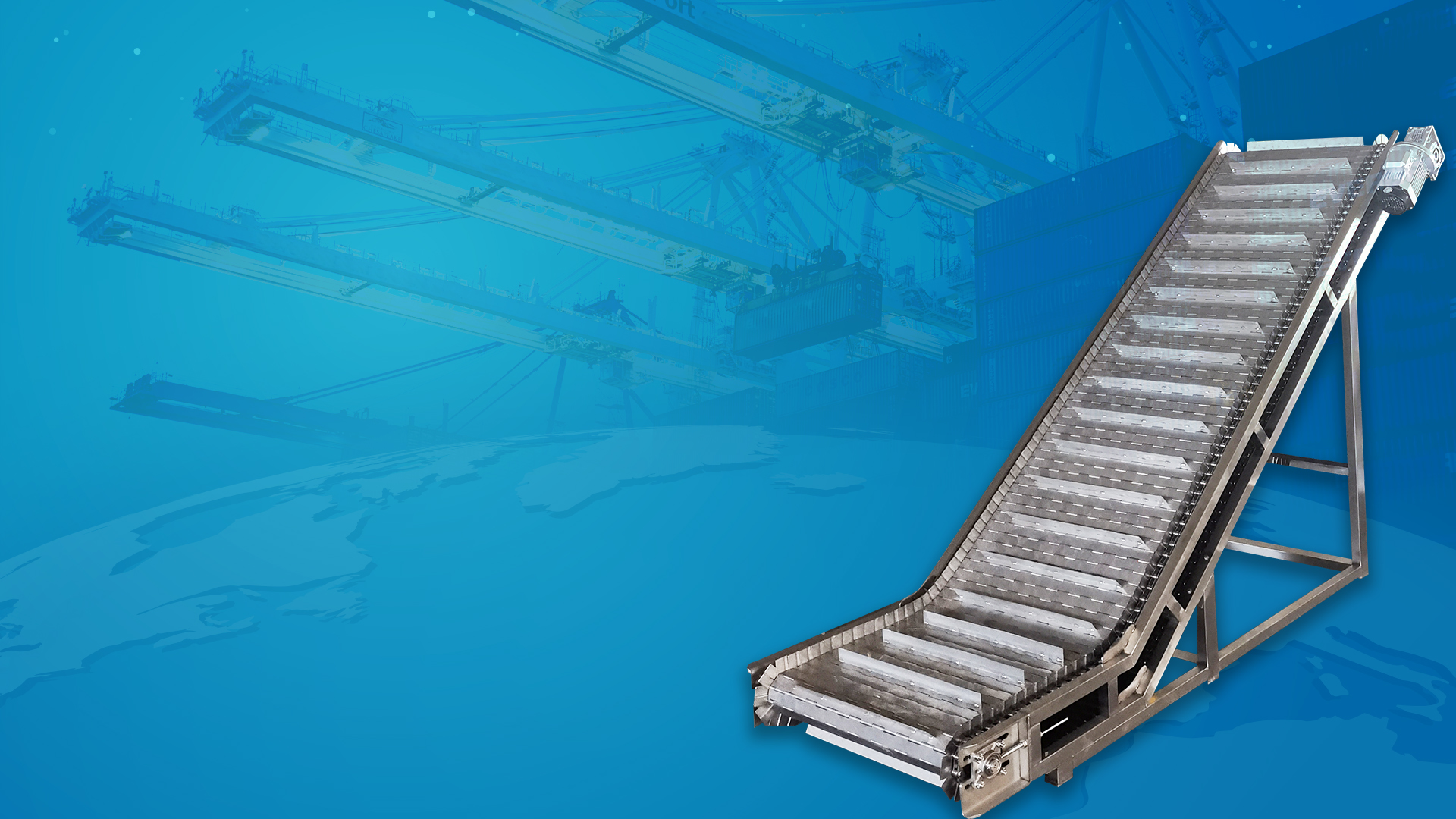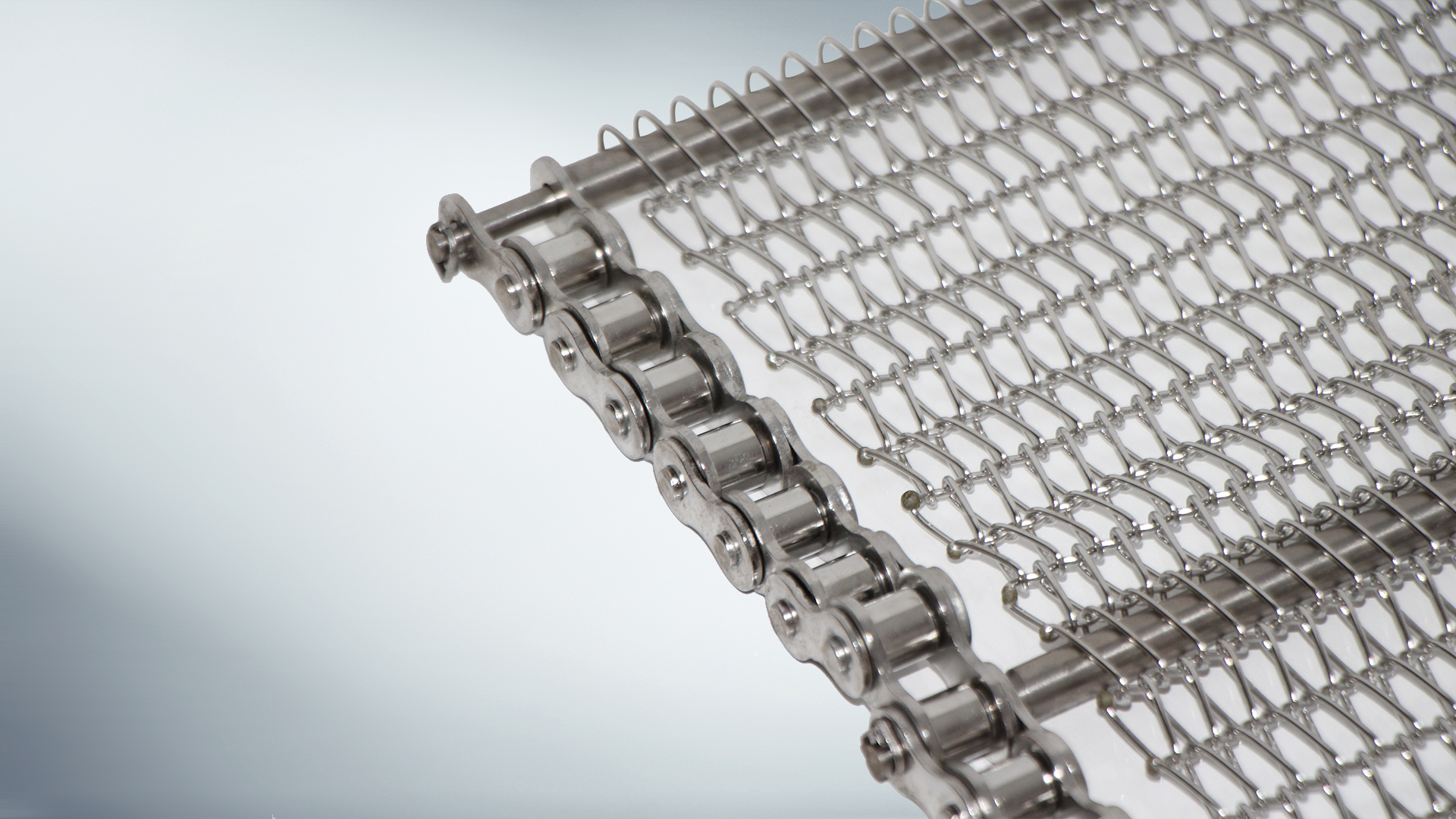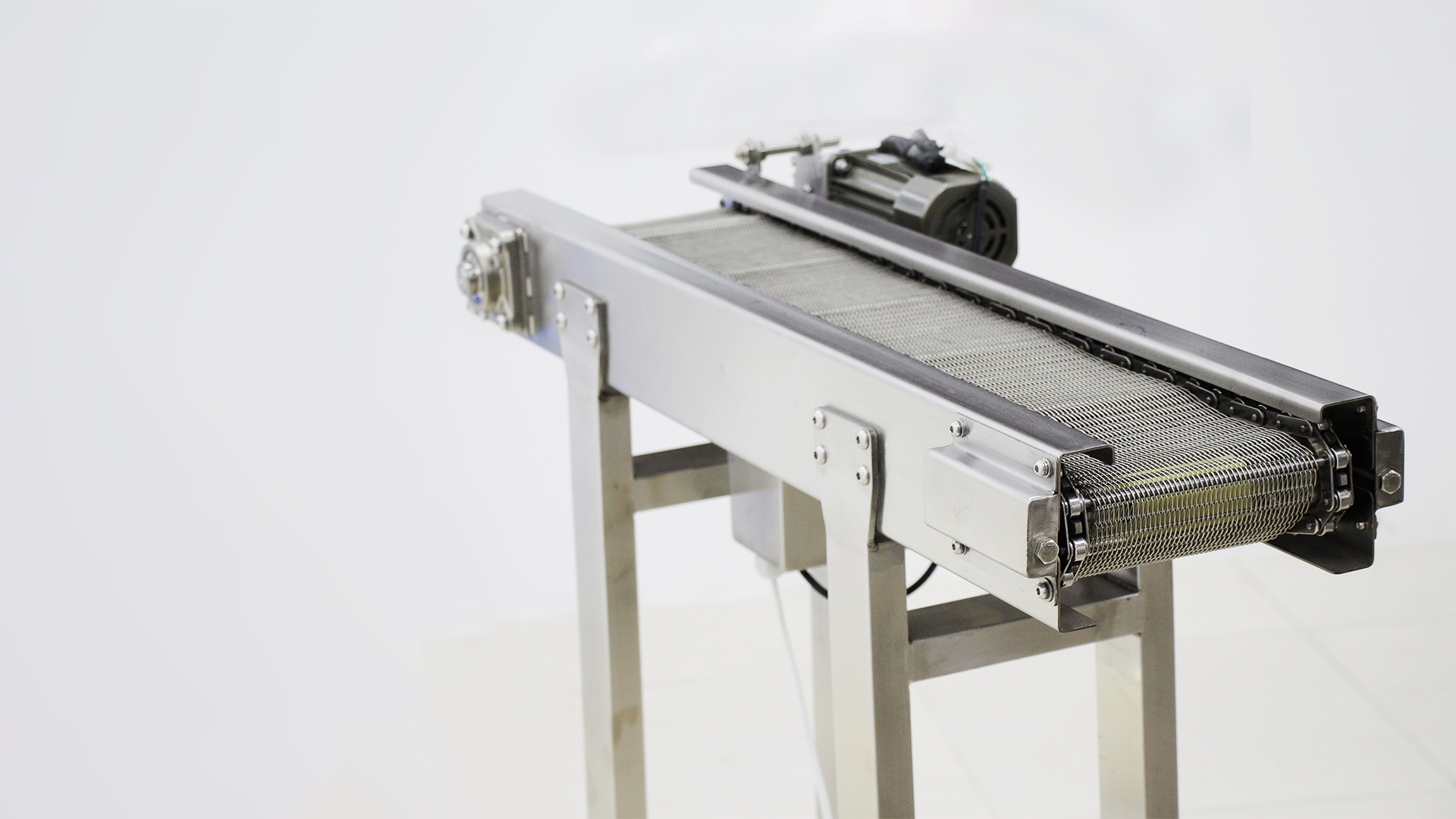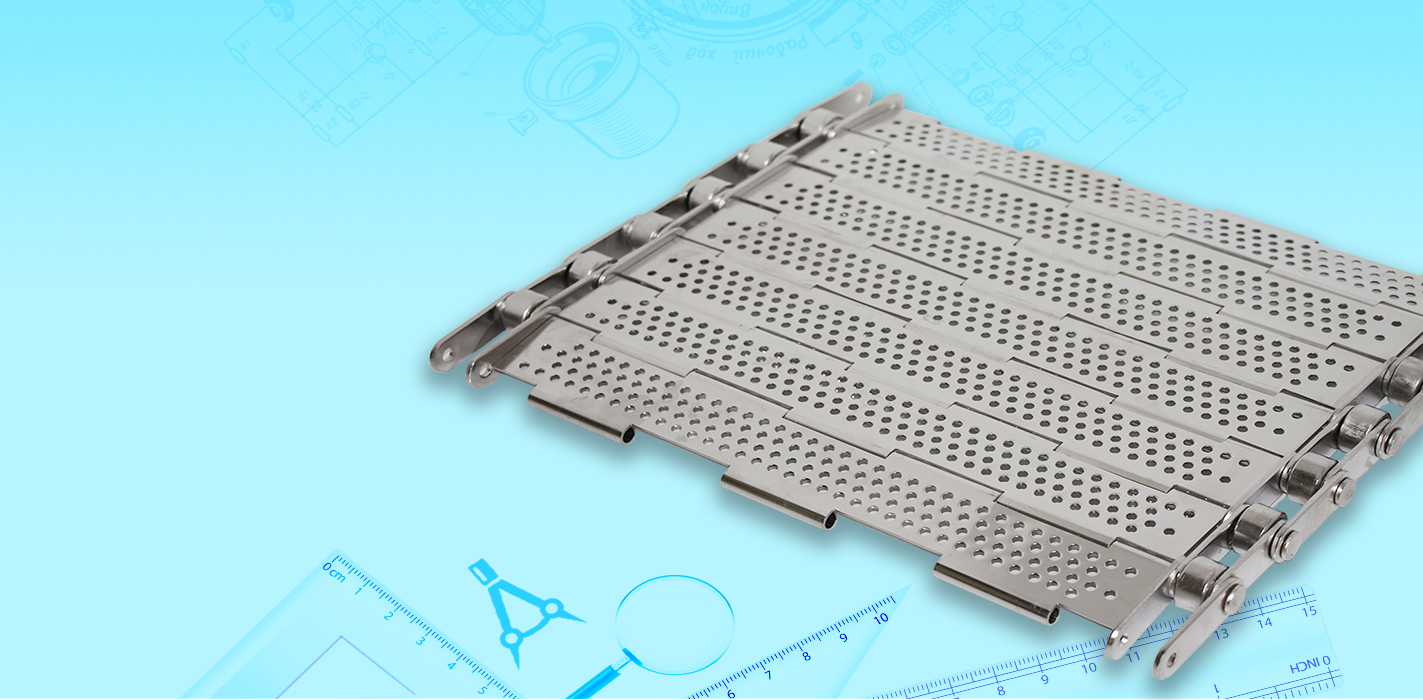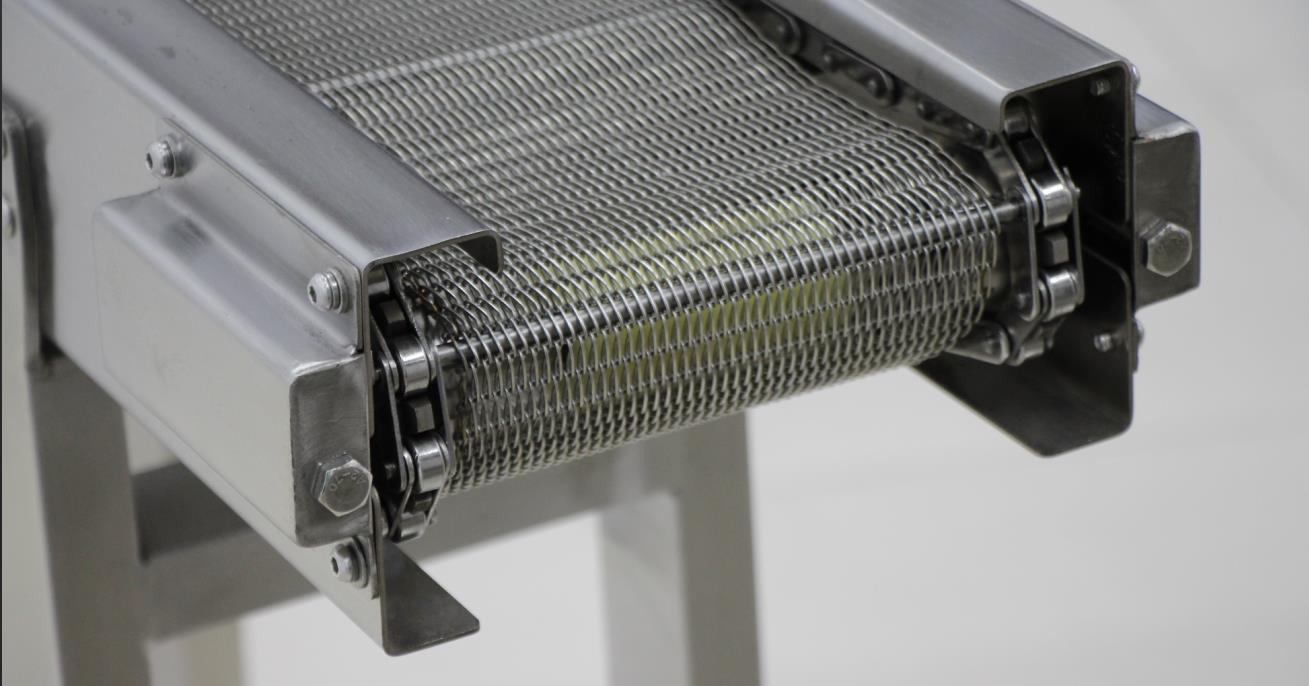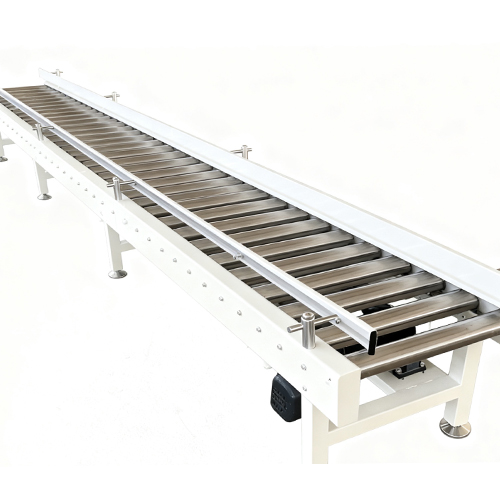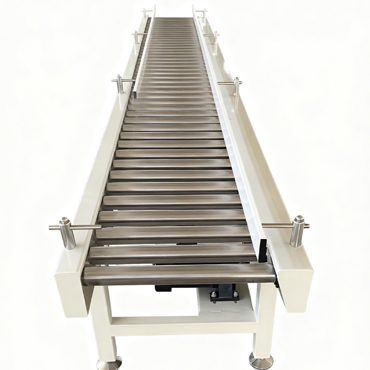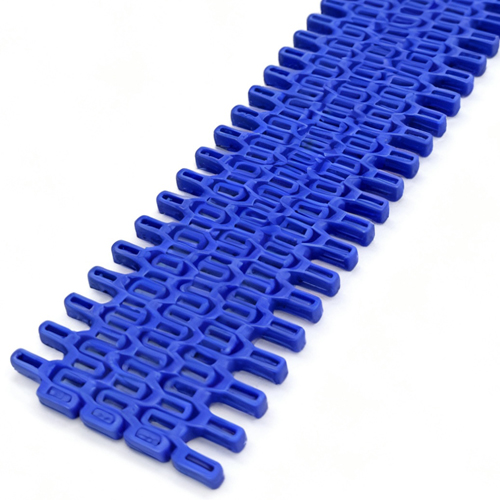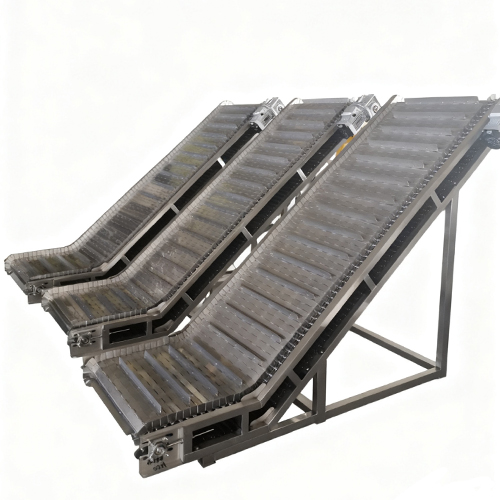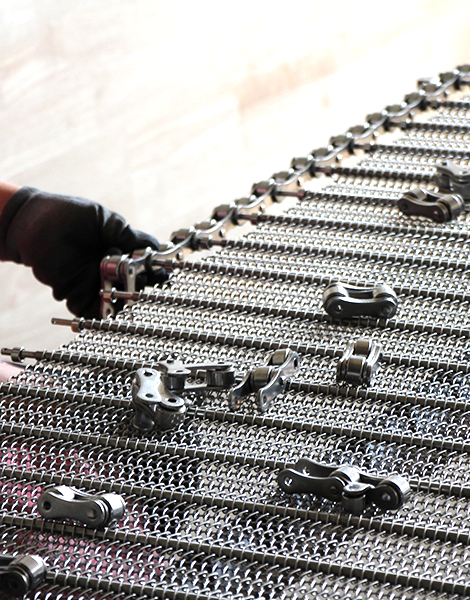The punching process for perforated chain plate conveyors is relatively complex and precise. It primarily involves the following key steps.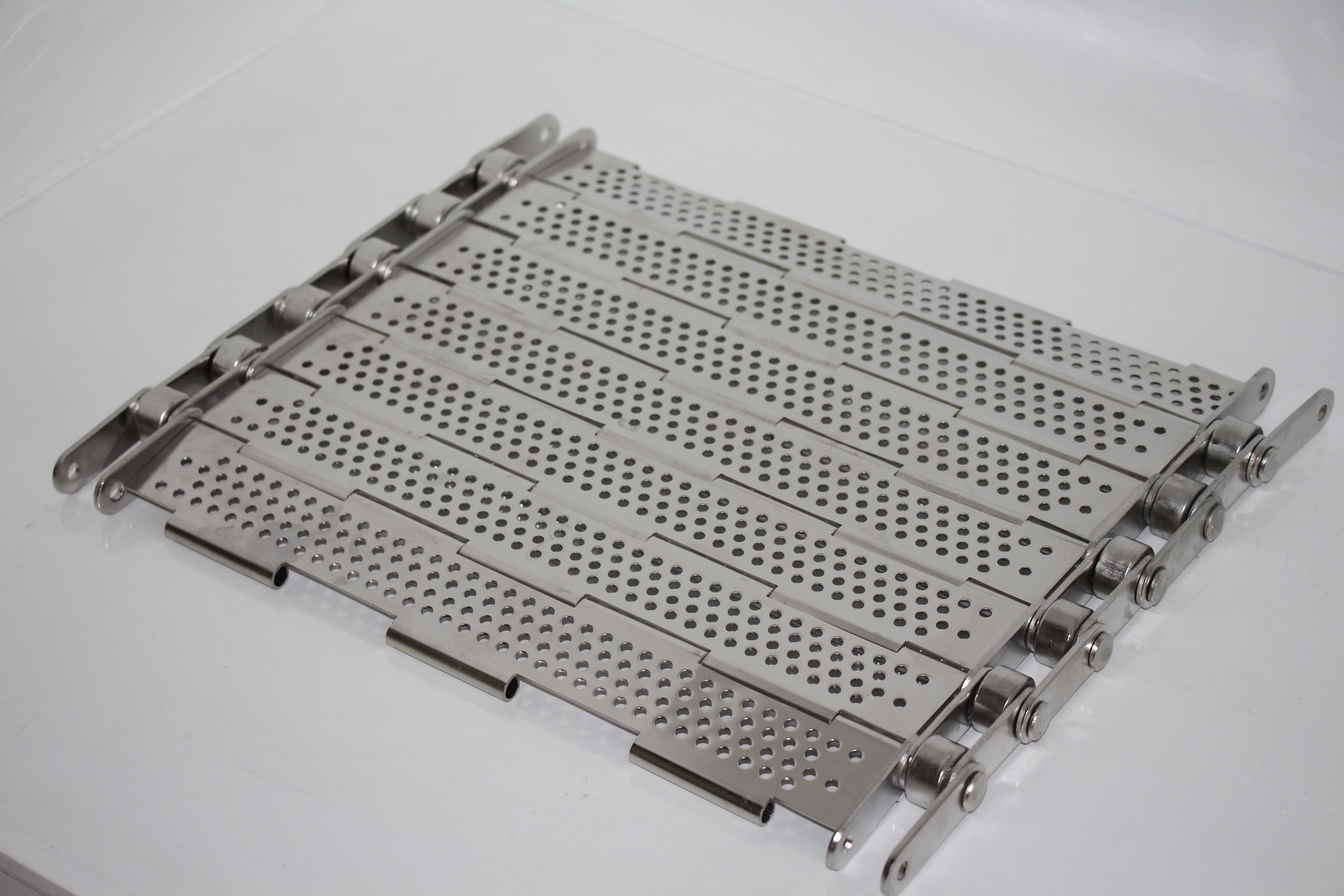
First, prepare the molds and equipment required for punching. The design and manufacturing of the molds are critical because they must be processed according to the chain plates' specifications and the punching requirements to ensure dimensional and shape accuracy.
During the punching process, a conveying device smoothly conveys the chain plates into the punching station. The punch head, driven by the punching equipment, moves downward at high speed in coordination with the die to punch the chain plates. Strict control of parameters such as the punch head's movement speed, pressure, and stroke is required to ensure the quality and efficiency of the punching process.
It is essential to accurately position the chain plate during punching to prevent deviations in the punching position. A positioning device typically secures the chain plate to ensure precise and consistent positioning for each punch.
After punching, the chain plate undergoes a quality inspection to verify that the dimensions, shape, and hole spacing of the punching meet the design requirements. Any nonconformities must be promptly adjusted and repaired.
To enhance punching efficiency and quality, automated punching equipment and control systems can be employed to automate the punching process. This improves production efficiency and ensures the stability and consistency of punching quality.
In summary, the punching process for chain plate conveyors requires meticulous design and operation as well as strict quality control to meet diverse chain plate punching requirements across various application scenarios.



